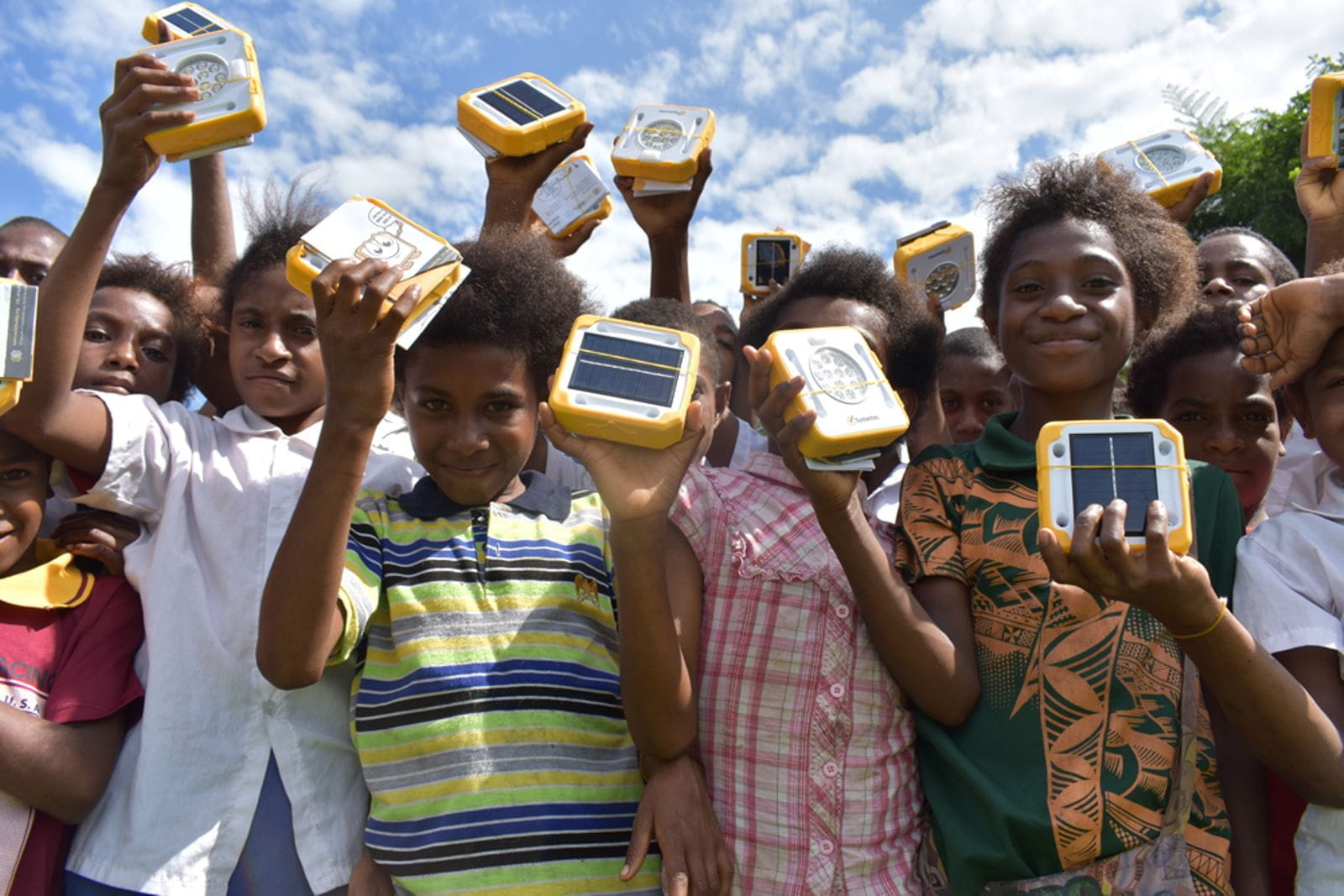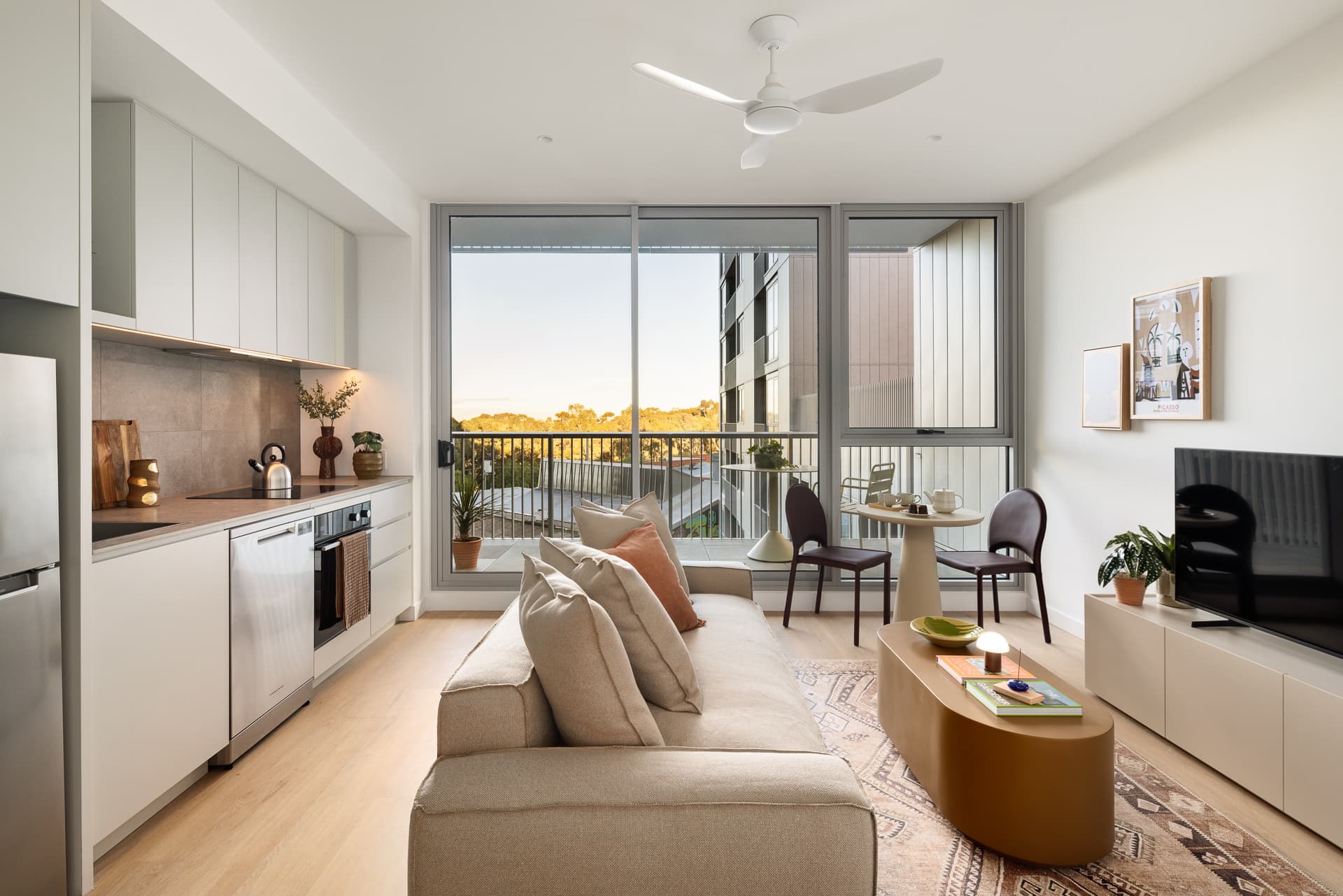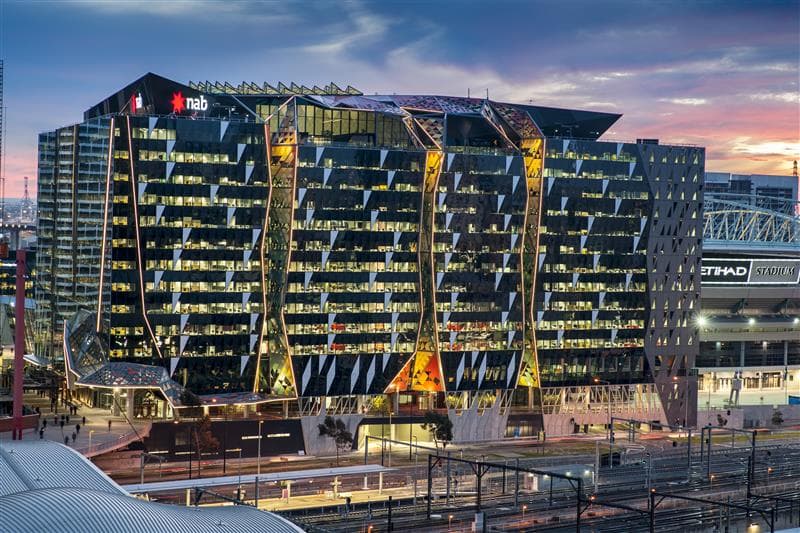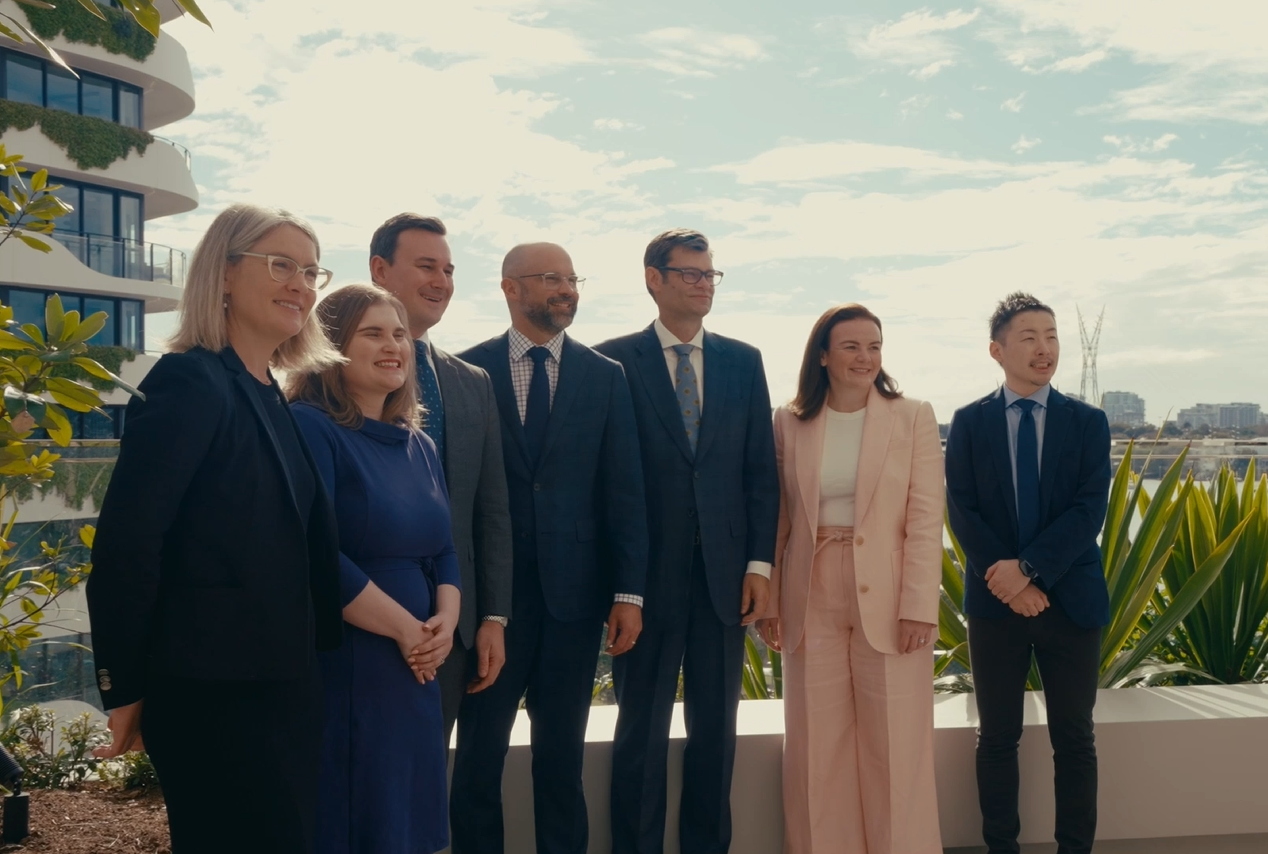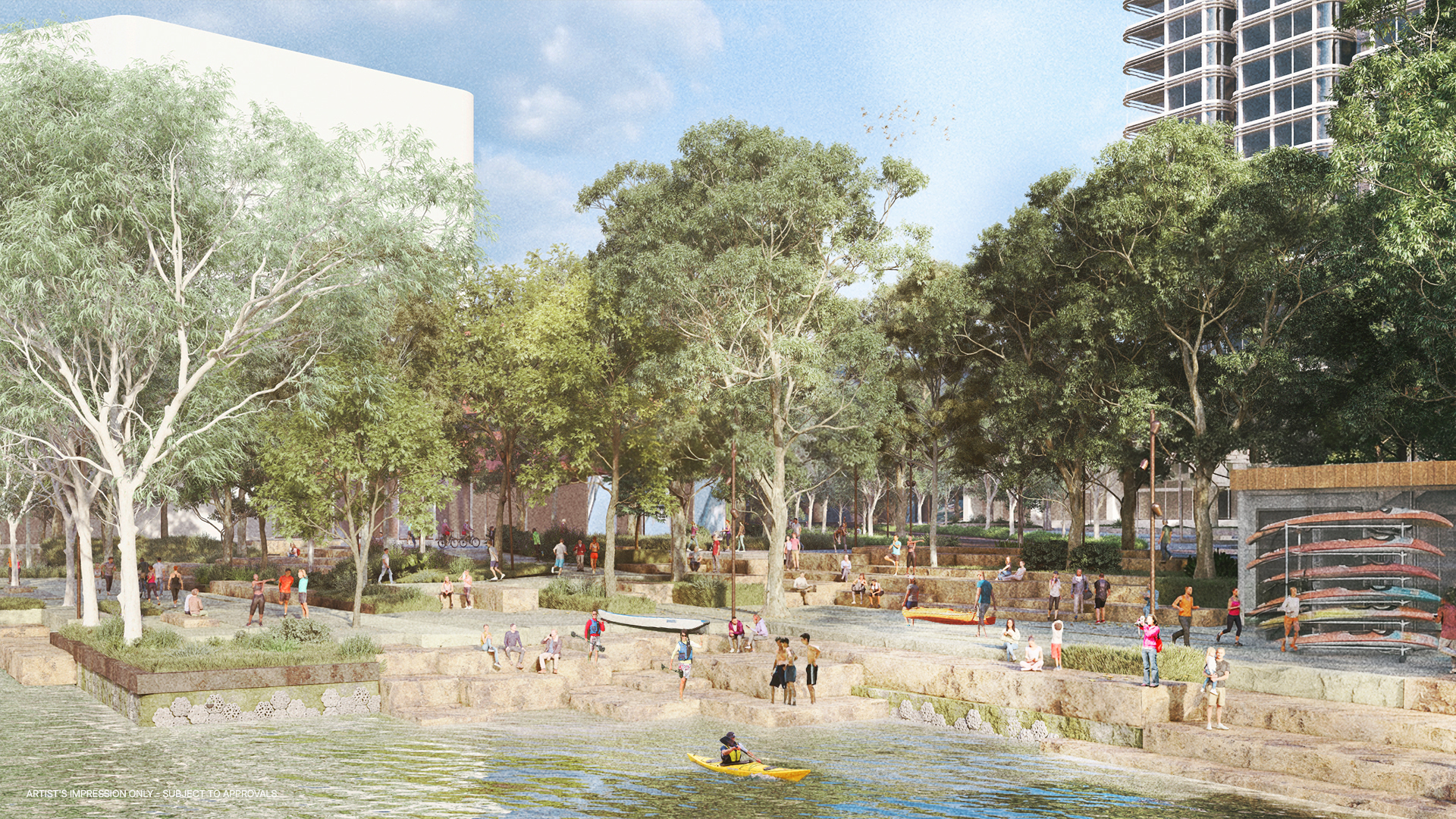Mirvac’s Solar Light Challenge
Helping to illuminate a better future for children around the world.
As part of our National Community Day this year, a small group of our employees worked with WWF Australia and Solar Buddy to construct solar lights for communities experiencing energy poverty in Papua New Guinea (PNG).
Currently, many remote communities in PNG rely on carbon-intensive and toxic kerosene lamps for light. According to WWF, kerosene lamps produce more than 190 million tonnes of carbon dioxide emissions annually, which is equivalent to the emissions of approximately 38 million cars. And research from the World Health Organisation estimates that 4.3 million people die every year due to air pollution from kerosene lamps.
In just one day, our volunteers constructed around 400 solar lights for families and student to live and study by, with each light offsetting around 155 kilograms of carbon dioxide produced by kerosene lamps over its lifespan (or 61.5 tonnes in total).
Mirvac’s Sustainability Manager, Office & Industrial, David Palin, who participated on the day, said, “The solar light challenge is not only a great alignment with our target to be net positive in carbon by 2030, it provides tangible social benefits for the communities of PNG too, reducing harmful indoor air pollution and helping to reduce fuel poverty.”
To learn more about the solar light challenge, visit https://www.earthhour.org.au/get-involved/solar-lights/solarlights.
Focus Area
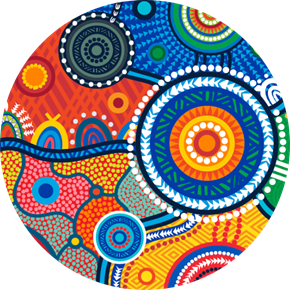
Mirvac acknowledges Aboriginal and Torres Strait Islander peoples as the Traditional Owners of the lands and waters of Australia, and we offer our respect to their Elders past and present.
Artwork: ‘Reimagining Country’, created by Riki Salam (Mualgal, Kaurareg, Kuku Yalanji) of We are 27 Creative.
